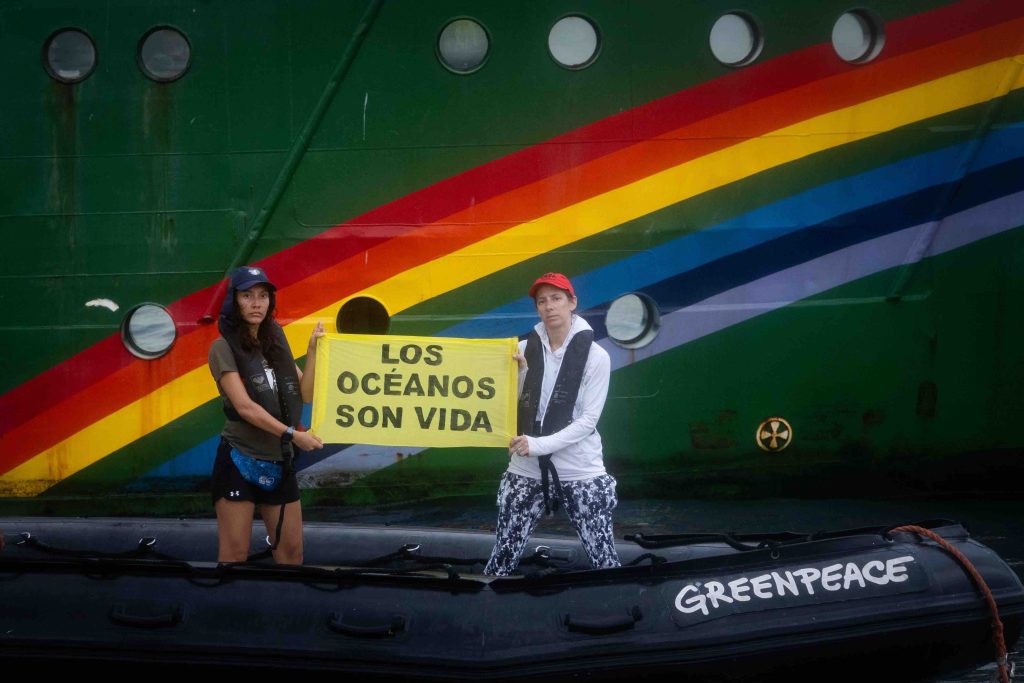En las próximas seis semanas, el barco Artic Sunrise, de la oenegé ambientalista internacional Greenpeace recorrerá las aguas de la Reserva Marina de Galápagos para documentar los efectos de los esfuerzos de protección ejecutados en este Patrimonio Natural de la Humanidad, mismo que alberga icónicas especies endémicas.
Este trabajo científico colaborativo, que mostrará al mundo la increíble vida silvestre de las islas y el poder de la colaboración para la protección marina, apoyará a la ratificación del Tratado Global de los Océanos, que busca proteger el alta mar, es decir todas las zonas del mar no incluidas en la zona económica exclusiva, ni aguas interiores o archipelágicas de un Estado.
Arturo Izurieta, Director del Parque Nacional Galápagos, destacó esta iniciativa y mencionó “es altamente gratificante que la protección de las Islas Galápagos sea un referente para impulsar iniciativas globales que nos lleven a alcanzar el objetivo 30×30, es decir, proteger al menos el 30% de los océanos para 2030”.
Por su parte, Ruth Ramos, representante de Greenpeace resaltó “la Reserva Marina de Galápagos es uno de los mejores ejemplos de protección de los océanos en acción. Pero sigue siendo una excepción en un mundo donde actualmente sólo el 3% del océano está total o altamente protegido”. Eliécer Cruz, de la Fundación para la Conservación Jocotoco, dijo que “es un paso significativo hacia la conservación marina, Ecuador amplió esta protección al incluir 60.000 kilómetros cuadrados adicionales dentro de la Zona Económica Exclusiva (ZEE) de Galápagos, estableciendo la Reserva Marina Hermandad”.
Esta histórica expedición usará estaciones remotas de video y vehículos operados a distancia para estudiar los montes submarinos localizados dentro y fuera de la Reserva Marina de Galápagos (RMG), además se realizará un muestreo de ADN ambiental, método no invasivo para la obtención de información y censo de poblaciones en el ecosistema marino, lo que proporcionará datos de referencia sobre la distribución de especies en la zona, y se documentará las rutas migratorias de los tiburones desde la RMG hacia altamar.
Esta expedición es una iniciativa coordinada con científicos y guardaparques de la Dirección del Parque Nacional Galápagos, del Ministerio de Ambiente, Agua y Transición Ecológica, la Fundación para la Conservación Jocotoco, la Fundación Charles Darwin, el Galapagos Science Center y MigraMar.






